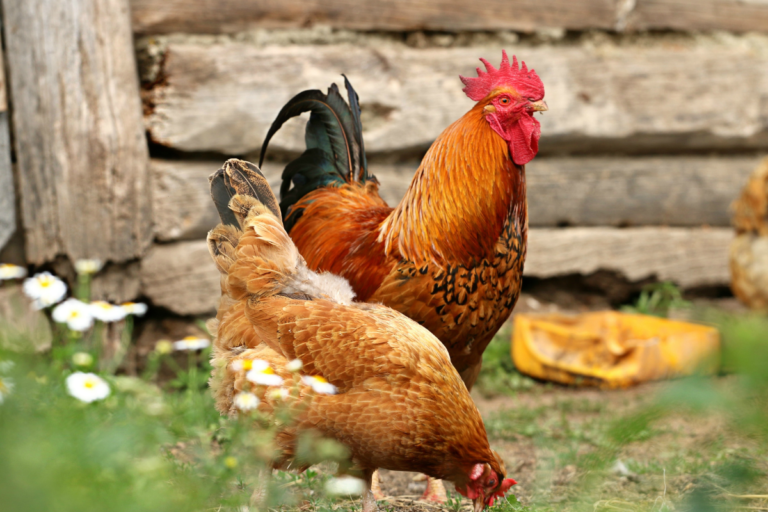Understanding and Preventing Bloat in Dogs
This post may contain affiliate links, meaning if you decide to make a purchase via my links, I may earn a small commission at no additional cost to you. You can read our full affiliate disclosure by clicking here.
Bloat, also known as gastric dilatation-volvulus (GDV), is a serious and life-threatening condition that can affect dogs, especially larger breeds. In this blog post, we’ll delve into the intricacies of bloat, its causes, symptoms, and most importantly, how to prevent it.
What is Bloat (GDV)?
Bloat occurs when a dog’s stomach fills with gas and becomes distended. In severe cases, the stomach can twist on itself, leading to a life-threatening condition called gastric torsion or volvulus. This twisting can block blood flow to vital organs and cause tissue death.
Common Symptoms of Bloat
Recognizing the symptoms of bloat is crucial for early intervention. Some common signs include:
- Swollen Abdomen: A distended or enlarged abdomen is often the most noticeable sign.
- Unsuccessful Vomiting: Dogs may attempt to vomit but won’t bring up anything.
- Restlessness: Restlessness and pacing are typical signs of discomfort.
- Excessive Salivation: Drooling more than usual can be a sign of distress.
- Difficulty Breathing: Rapid and shallow breathing may occur.
- Weakness or Collapse: As the condition progresses, the dog may become weak or even collapse.
Causes of Bloat
The exact causes of bloat are not entirely understood, but several factors have been associated with an increased risk, including:
- Large Breeds: Bloat is more common in larger and deep-chested dog breeds like Great Danes, Boxers, and Standard Poodles.
- Feeding Habits: Feeding one large meal a day or eating rapidly can increase the risk.
- Genetics: Some dogs may have a genetic predisposition to bloat.
- Stress or Anxiety: High-stress situations or anxiety can trigger bloat in some cases.
Preventing Bloat
Preventing bloat is essential for your dog’s well-being. Here are some strategies to reduce the risk:
Feed Smaller, Frequent Meals: Instead of one large meal, divide your dog’s daily food into smaller, more frequent portions.
Use Elevated Feeders: Elevated food and water bowls can help reduce the amount of air swallowed during meals. Elevated dog bowls reduce strain on a dog’s neck and joints, encourages better digestion, and can reduce bloat or gassiness. Elevated feeding and drinking are especially important for more mature dogs.
Slow Down Eating with a Slow Feeder: Consider investing in a slow feeder bowl These specially designed bowls have intricate patterns and obstacles that make it challenging for dogs to gulp down their food quickly. By forcing your dog to work for their meal, slow feeders promote more measured eating, reducing the risk of swallowing excess air.
Avoid Exercise After Meals: Give your dog time to digest their food before engaging in vigorous exercise.
Stress Management: Minimize stress and anxiety in your dog’s life through training and socialization.
Conclusion
Bloat in dogs is a serious condition that demands prompt attention. By understanding the causes, recognizing the symptoms, and taking preventive measures, you can significantly reduce the risk of your beloved pet developing this life-threatening condition. Always consult your veterinarian for guidance and be prepared to seek immediate medical help if you suspect your dog may have bloat.







